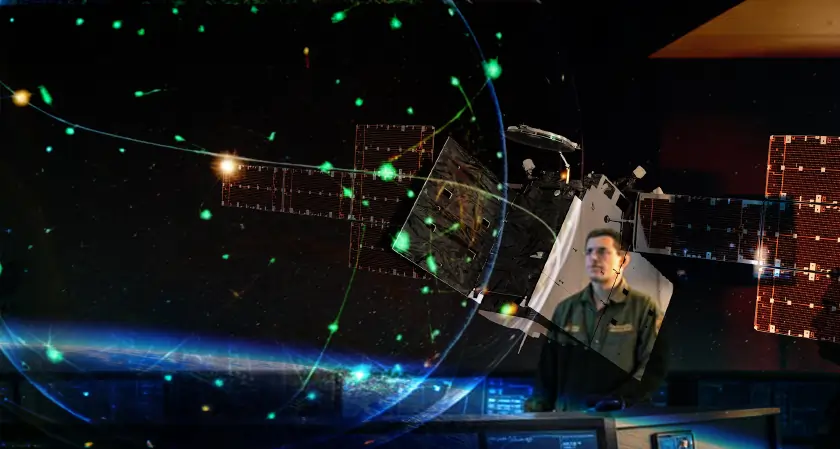Home Industry Space U.S. Space Force’s ATLAS...
U.S. Space Force’s ATLAS Achieves Operational Acceptance, Transforming Space Awareness
Space

Business Fortune
01 October, 2025
A new benchmark for Department of War software acquisition is established by ATLAS, which also modernizes space domain monitoring.
The U.S. Space Force declares the operational acceptance of the Advanced Tracking and Launch Analysis System (ATLAS), signaling a new phase in Space Domain Awareness (SDA) and establishing a benchmark for contemporary software acquisition methods within the Department of War.
ATLAS aims to improve situational awareness and decision-making abilities in the increasingly intricate and competitive space environment. SDA missions enable the Space Force to guarantee spaceflight safety and monitor, identify, and react to adversary activities in space, promote the responsible usage of space by all entities, and support U.S. operations across all orbital environments. Investments such as ATLAS are ongoing to support and upgrade outdated sensors along with processing and communication connections. ATLAS aims to ultimately eliminate operational reliance on the over 30-year-old legacy Space Defense Operations Center (SPADOC) system and will deliver a contemporary and unified system that facilitates responsive and resilient features for space operations centers.
The decision for operational acceptance was derived from a thorough evaluation of ATLAS's abilities, performance, and preparedness for deployment in operations.
ATLAS operational acceptance marks a groundbreaking advancement for their warfighters, offering a crucial edge in Space Domain Awareness, stated U.S. Space Force Lt. Col. Amber Johnson, commander of the 2nd Sustainment Squadron within Space Operations Command’s Mission Delta 2 – Space Domain Awareness. This accomplishment, fueled by agile development, provides a force multiplier that greatly improves their capacity to swiftly identify and react to new threats, guaranteeing ongoing space dominance.
This milestone comes after a testing phase aimed at showcasing ATLAS's capacity to perform legacy functions, alongside a successful collaboration by the Space Force Program Executive Office (SFPEO) Battle Management, Command, Control, Communications, and Space Intelligence (BMC3I), Space Systems Command (SSC), and Space Operations Command (SpOC).
Because it effectively used contemporary acquisition pathways, the Department of War's software acquisition also reached a significant milestone with the operational acceptance of ATLAS. ATLAS will offer sophisticated SDA features on a contemporary, integrated architecture in the future.
Ms. Shannon Pallone, SFPEO BMC3I, emphasized the team's dedication to ongoing enhancement, guaranteeing the software develops in tandem with new space challenges. SFPEO BMC3I oversees the lifecycle of ATLAS, whereas SpOC Mission Delta 2 is responsible for operating, sustaining, and improving the system.
Lt. Col. Laurel Jodice highlighted that ATLAS enables Guardians to conduct space domain awareness operations more swiftly and efficiently. The success showcases Mission Delta 2’s emphasis on swift capability delivery via strong collaboration with operational, test, and training teams, guaranteeing that systems stay flexible to changing challenges.


































